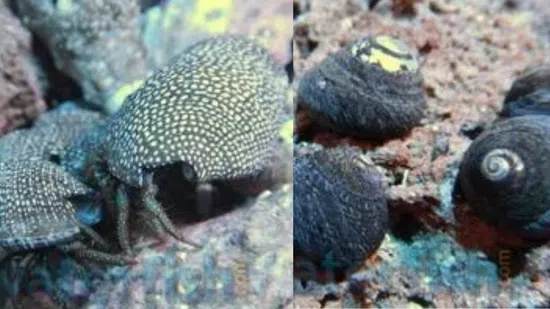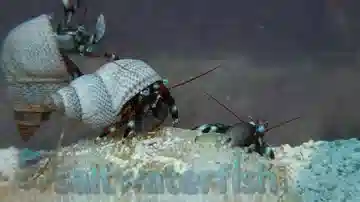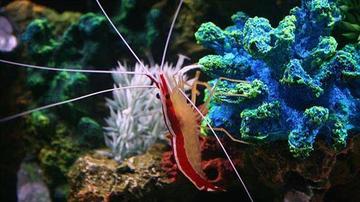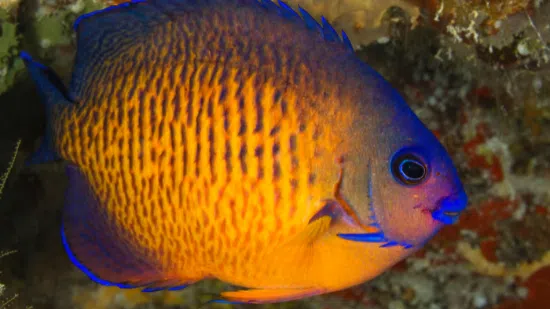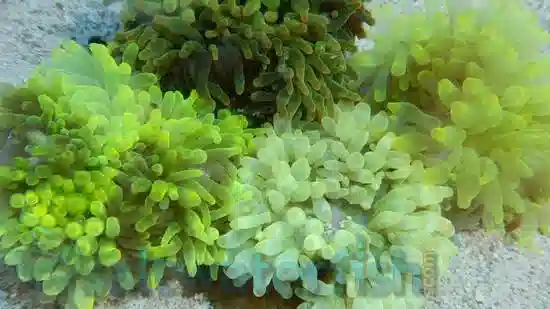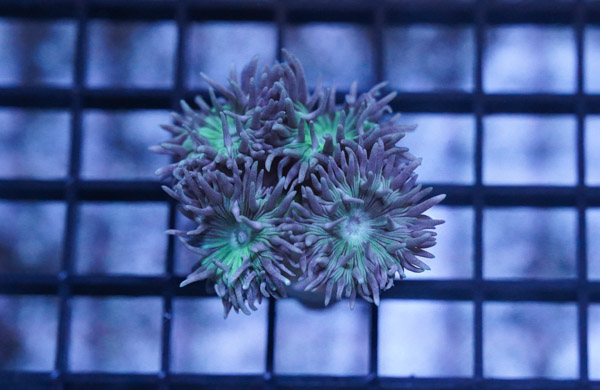Market Leader Reef Pack + FREE shipping on entire order when you use code: freeship
(0 Reviews)
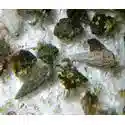

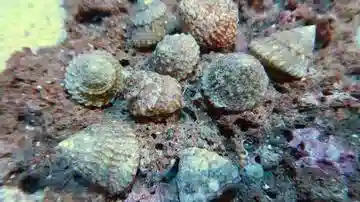

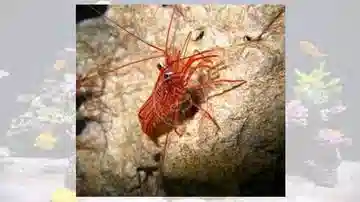
Market Leader Reef Pack + FREE shipping on entire order when you use code: freeship
(0 Reviews)
{{ item.name }}
Size: {{ item.extra_field_3 }}
${{ getFormattedPrice(item.saleprice) }} ${{ getFormattedPrice(item.price) }}
Free Shipping
With
$199.00
or more in Marine Life.
More details...
Care Facts
There are no key facts available for this product.
The Dwarf White Leg Hermit Crab is a very popular Hermit Crab that is very active in the home aquarium. In the wild, these crabs live together in the hundreds clinging to rocks and each other, then search for food during low tides. They should be offered algae sheets on an every other day basis in order to help feed them. Most of their day is spent as scavengers and they do a tremendous job keeping aquariums clean of detritus and waste build-up. They are voracious <font color="red"><b>algae eaters</b></font>.Crabs belong to the Class Crustacea and Order Decapoda. Hermits and Porcelain Crabs belong to the Section Anomura, which consists of long antennae and three pair of walking legs. The head of the Crab is connected to the thorax and covered by a shell called carapace. They have a smaller abdomen and tail compared to Shrimp and they keep this tucked beneath the carapace. The first pair of their legs are usually developed claws which they use to gather food, use as protection, and to move objects. In order for Crabs to grow they need to shed their exoskeleton, a process called "molting", which allows them to remove their restricting shell and begin a new one. Often times in the home aquarium Crabs will leave this translucent shell in full view so it can serve as a distraction while the Crab finds a hiding place and allows its new shell to harden. Hermit Crabs use abandoned shells as their home. These Crabs usually have extended abdomens that they wrap around the inside of the spiraling shell leaving only their head and claws exposed. When approached these Crabs can recoil into the shell for protection. When a Hermit Crab grows it will often seek out a new larger shell.The Turbo Snail, Astrea tecta, also known as the Astrea Snail, features a pale shell sometimes with striping. It is peaceful but shouldn't be housed with predatory fish or crabs that may attack it. The Turbo Snail prefers tanks with plenty of live rock to hide and forage for algae. They can be incredibly beneficial tank members for their penchant for algae-eating. It is reef safe and won't nip corals or other inverts. Like most snails, the Turbo requires minimal care and is an excellent choice for any home aquarium. They are the most popular snail species in the entire aquarium trade. You will receive either a Serpent Starfish, a Brittle Starfish, or a Sand Sifting Starfish depending on availability of those items.
Thank you
Reviewed by: Barry Mccool Sr on Sept. 10, 2014


